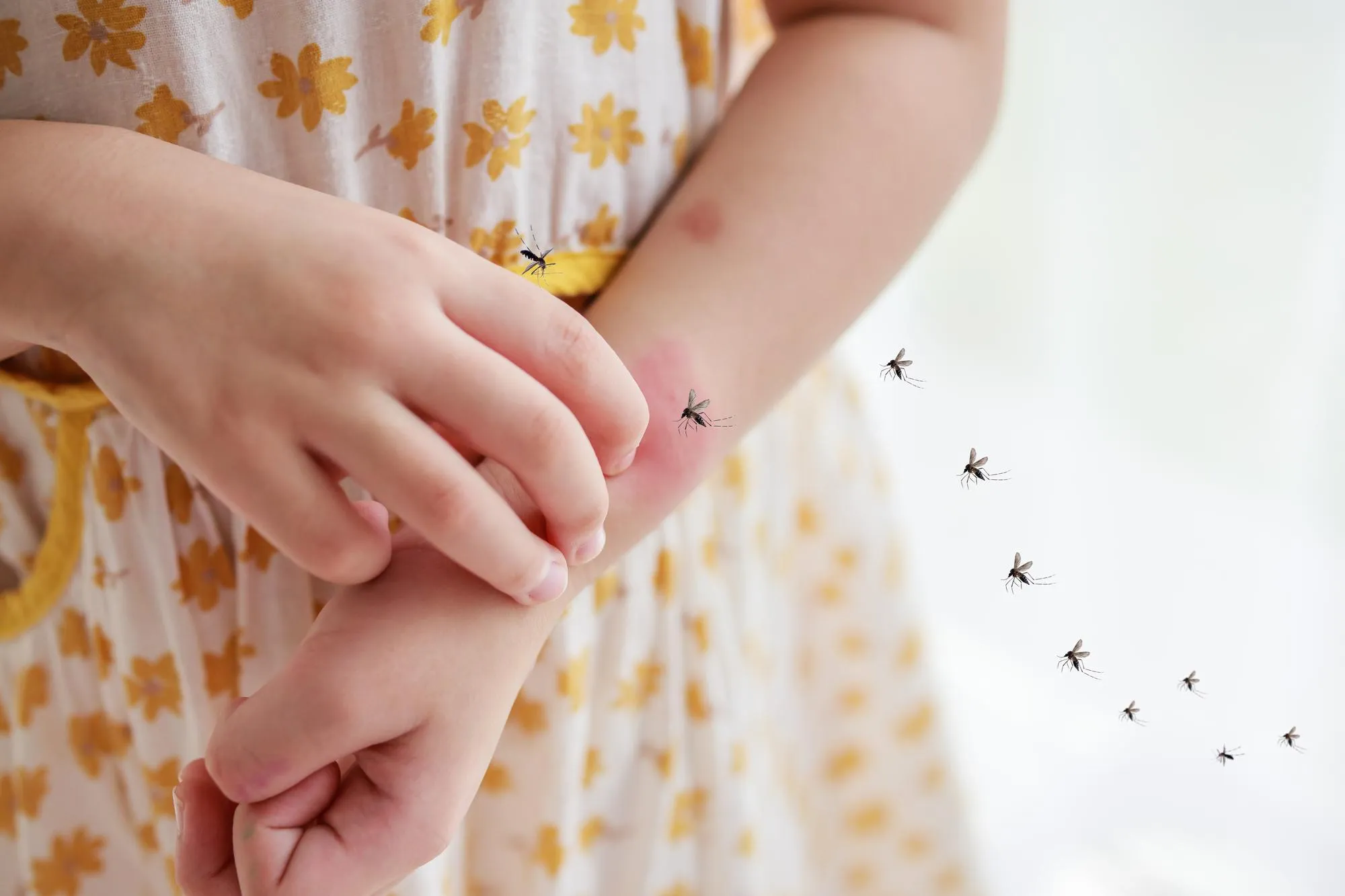Recent groundbreaking research, spearheaded by Yasutsugu Suzuki and chronicled in the journal “Uirusu,” has brought to light the influential role that endogenous viral elements (EVEs) can play in restricting the replication of viruses within mosquito vectors. This discovery is particularly significant as it opens up new vistas in the battle against mosquito-borne diseases that continue to plague populations worldwide. This article unwraps the details of how the intrinsic components present in mosquitoes can be pivotal in curbing the spread of diseases like dengue, Zika, and yellow fever.
Introduction
Mosquito vectors are notorious for their role in diffusing infectious diseases. One bite from an infected mosquito can transmit pathogens that lead to serious health conditions in humans. The study, identified as DOI: 10.2222/jsv.72.159, published in the Uirusu journal on January 16, 2024, offers groundbreaking insights into how EVEs present in Aedes mosquitoes can inherently limit the replication of cognate viruses. This revelation is a monumental step forward, potentially leading towards innovative strategies in vector control and disease prevention.
The Role of Endogenous Viral Elements
EVEs are fragments of viral DNA or RNA that have been stably integrated into the genome of a host organism. Over evolutionary timescales, through a process known as endogenization, these fragments have become a permanent part of the host organism’s genetic makeup. In mosquitoes, these EVEs can offer resistance against certain viruses, thereby restricting their replication.
Suzuki’s research dives deep into the interaction between EVEs and viruses within mosquito vectors, shedding light on the mechanism that could naturally restrict the replication of viruses. The article in “Uirusu,” volume 72, issue 2, pages 159-166, details this complex interplay, offering new hope in the fight against diseases transmitted by mosquitoes.
Research Findings and Implications
The study’s findings suggest that when a mosquito is infected by a virus similar to the ones related to its EVEs, the EVEs can recognize and interfere with the replication of the incoming virus. This restriction not only limits the spread of the virus within the mosquito but also reduces the likelihood of transmission to humans.
This natural form of viral suppression within mosquitoes could be harnessed to develop more effective vector control methods. For instance, the propagation of mosquitoes with select EVEs could theoretically create populations less likely to carry and transmit viruses. Alternatively, understanding the mechanisms of EVE action could lead to the design of novel antiviral compounds or genetic editing techniques to enhance innate viral resistance in mosquito populations.
Challenges and Considerations
The application of these findings in practical vector control strategies does pose several challenges. There is a need to comprehend the long-term effects and potential ecological consequences of altering mosquito populations. Additionally, the effectiveness of these strategies across various species of mosquitoes and viruses must be studied. A multifaceted approach, combining EVE-based strategies with existing preventative measures, may be crucial for successful implementation.
Suzuki’s team has laid the groundwork for what could become a transformative approach in public health. However, further research is essential to move from theory to practice. Collaboration among virologists, epidemiologists, geneticists, and public health officials is vital to ensure a holistic approach is taken to tackle this complex issue.
Conclusion
This research denotes a momentous advancement in our understanding of the relationship between mosquitoes and viruses. With the potential to limit viral replication within these vectors, we are a step closer to mitigating the global impact of mosquito-borne diseases. Suzuki’s pioneering work paves the way for innovative, eco-friendly, and sustainable strategies to combat infectious diseases.
As the global community continues to face the ever-present threat of disease outbreaks, findings like those published under DOI: 10.2222/jsv.72.159 are a beacon of hope. They open a tantalizing prospect of turning one of humanity’s oldest foes, the mosquito, into an unlikely ally in the perennial fight against infectious diseases.
References
1. Suzuki, Y. (2023). [Endogenous viral element limit cognate virus replication in mosquito vectors]. “Uirusu,” 72(2), 159-166. DOI: 10.2222/jsv.72.159.
2. Turelli, M., & Hoffmann, A. A. (1991). Rapid spread of an inherited incompatibility factor in California Drosophila. Nature, 353(6343), 440-442.
3. Johnson, K. N. (2015). The impact of Wolbachia on virus infection in mosquitoes. Viruses, 7(11), 5705-5717.
4. Bolling, B. G., Olea-Popelka, F. J., Eisen, L., Moore, C. G., & Blair, C. D. (2012). Transmission dynamics of an insect-specific flavivirus in a naturally infected Culex pipiens laboratory colony and effects of co-infection on vector competence for West Nile virus. Virology, 427(2), 90-97.
5. Fort, P., & Roche, S. E. (2020). Endogenous viruses and evolution. Journal of Virology, 94(23).
Keywords
1. Mosquito-borne diseases
2. Endogenous viral elements
3. Vector control strategies
4. Virus replication in mosquitoes
5. Aedes mosquito research
